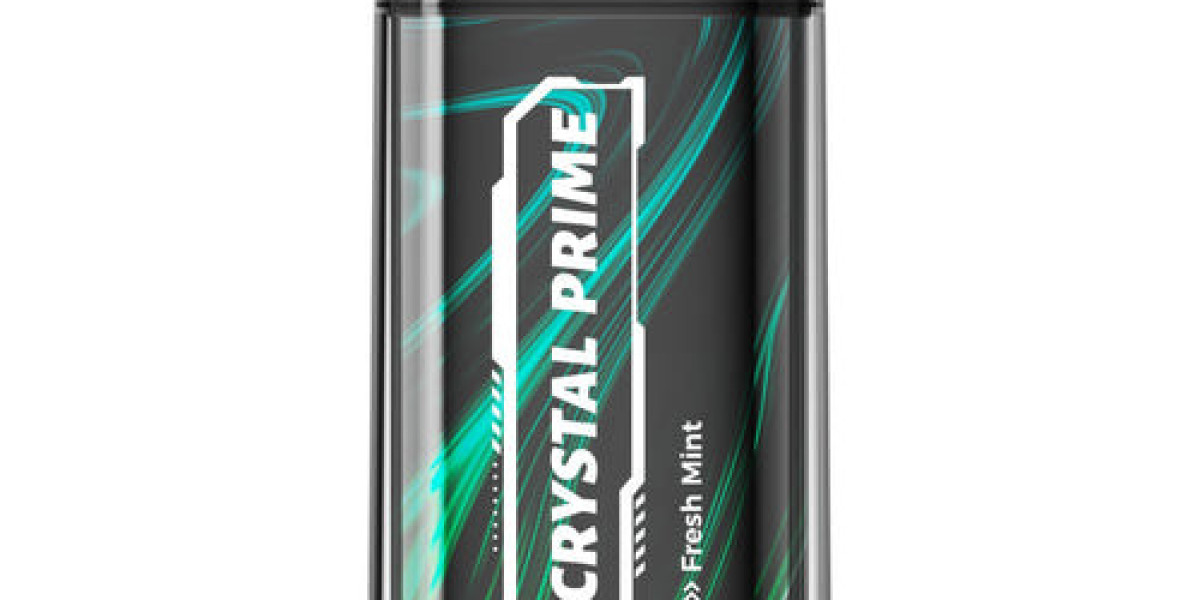As welding processes become more advanced and demanding, precise control over welding parameters and conditions becomes increasingly critical. We understand the importance of achieving optimal welding performance through effective weld control strategies. In this comprehensive guide, we'll explore the various aspects ofweld control, including its significance, implementation strategies, the role of welding coolant, frequently asked questions, and how our solutions can help elevate your welding performance to new heights.
Significance of Weld Control
Weld control refers to regulating and adjusting welding parameters such as voltage, current, travel speed, and arc length to achieve desired weld quality and characteristics. Effective weld control ensures consistent weld bead formation, minimizes defects and meets stringent quality standards in various welding applications.
Implementation Strategies for Weld Control
Advanced Welding Equipment
Invest in advanced welding equipment with built-in weld control features and capabilities, such as programmable power sources and welding machines with digital control interfaces.
Real-Time Monitoring Systems
Real-time monitoring systems are integral to modern welding processes, providing invaluable insights into welding parameters and conditions as they occur. These systems continuously monitor variables such as voltage, current, travel speed, and arc length, allowing immediate adjustments and optimizations during welding. By providing real-time feedback, these systems enable welders to maintain precise control over the welding process, ensuring consistent weld quality and minimizing the risk of defects.
Automation and Robotics
Utilize automation and robotic welding systems with sophisticated weld control algorithms and sensors for precise and repeatable welds in high-volume production environments.
Role of Welding Coolant
Welding coolant plays a crucial role in maintaining optimal welding conditions and prolonging the life of welding equipment. Typically used in applications such as submerged arc welding (SAW) and gas tungsten arc welding (GTAW), welding coolant helps cool the welding torch, workpiece, and surrounding components. By reducing heat-induced distortion and improving weld quality, welding coolant enhances the overall efficiency and effectiveness of the welding process. Proper selection and utilization of welding coolant ensure smooth and reliable welding operations while minimizing the risk of equipment damage and weld defects.
Read more: Optimizing Weld Controller Performance: Expert Insights
Conclusion
Effective weld control is essential for achieving consistent weld quality, minimizing defects, and meeting stringent quality standards in various welding applications. By implementing advanced weld control strategies and utilizing welding coolant to maintain optimal welding conditions, businesses can elevate their welding performance to new heights. We're committed to providing innovative solutions and expert support to help our customers optimize their welding processes and achieve superior weld quality. Contact us today to learn more about our weld control solutions and how we can support your welding needs.
FAQs about Weld Control and Welding Coolant
- What is weld control, and why is it important?
Weld control refers to regulating welding parameters to achieve desired weld quality. It is essential for ensuring consistent weld bead formation and minimizing defects.
- What are the critical parameters controlled in welding?
Key parameters controlled in welding include voltage, current, travel speed, and arc length.
- How does welding coolant contribute to welding performance?
Welding coolant helps maintain optimal welding conditions by cooling the welding torch, workpiece, and surrounding components, reducing heat-induced distortion, and improving weld quality.
- What types of welding coolant are available?
Common types of welding coolants include water-based coolants, oil-based coolants, and synthetic coolants.
- How do I choose the correct welding coolant for my application?
The choice of welding coolant depends on factors such as the welding process, welded materials, and environmental considerations.
- How often should welding coolant be replaced?
Welding coolant should be replaced regularly to ensure optimal performance and prevent contamination. The frequency of replacement depends on usage and operating conditions.
- Are there any safety precautions to consider when using welding coolant?
Safety precautions such as handling, storage, and disposal of welding coolant should be followed to prevent health hazards and environmental pollution.
- Can welding coolant be recycled or reused?
Yes, some types of welding coolant can be recycled or reused after proper filtration and treatment.
- What are the benefits of using automated welding systems with built-in weld control?
Automated welding systems with built-in weld control offer increased productivity, improved weld quality, and reduced operator fatigue.
- How can Proteus Industries Inc. help implement effective weld control strategies?
Proteus Industries Inc. offers a range of solutions for weld control, including advanced welding equipment, real-time monitoring systems, and expert technical support to optimize welding performance and productivity.








